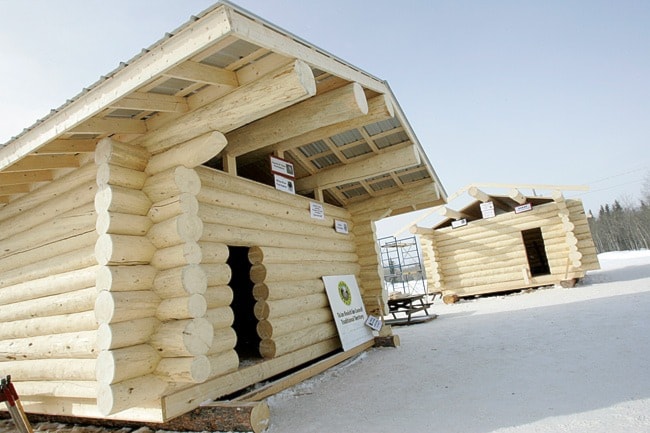The Yukon has adopted new energy efficiency standards for new homes and renovations in the territory, but they won’t have any effect on most new builds.
The government has put in place section 9.36 of Canada’s National Building Code, which requires builders to meet an overall EnerGuide rating of 78 out of 100 for energy efficiency.
“The territory is now on par with the rest of the country when it comes to energy-efficient home construction,” said Community Services Minister Currie Dixon in a news release. “Implementing these standards for new home construction or renovation demonstrates the Yukon government’s commitment to increasing our energy efficiency.”
But the new regulations likely won’t affect the majority of Yukoners, since the City of Whitehorse already has a bylaw that exceeds the new standards.
Whitehorse’s target EnerGuide rating is 82 out of 100, said Doug Badry, manager of the building safety and standards branch at Community Services.
Badry said many people outside Whitehorse are also building homes that exceed the National Building Code rating.
“In our experience, very few buildings even outside of the City of Whitehorse have been built with minimal insulation in them,” he said. “Most people are insulating as much as they can afford to, because it pays off very quickly.”
Badry explained that an EnerGuide rating of 100 would mean that a house doesn’t need any additional heating to stay warm.
He said construction in the 1970s and 1980s reached a rating of 66, and standards have been increasing since then.
The EnerGuide rating looks at a number of factors, including insulation in the walls and ceilings and the heat lost through doors and windows.
Badry said there are no specific standards for each of those elements, but the overall rating has to be at least 78. Typically, he said, builders will take their plans to an energy consultant, who will use a computer program to tell them if their building makes the grade.
The National Building Code also requires that woodstoves be EPA-certified, and that appliances like furnaces and water heaters be 86 per cent efficient. Badry said that’s the one standard that could have more of an impact here, since Whitehorse does not regulate appliance efficiency.
However, the Yukon has adopted its own regulations to govern log homes, which differ from the National Building Code. Badry said those regulations come from an advisory committee that reviewed the code and came up with recommendations for how it should be tailored to the Yukon.
Badry said log homes must still have an EnerGuide rating of at least 78, but they will be assessed differently, since standard insulation ratings don’t apply as well to log homes.
Instead, they will have to be made of squared logs that are at least eight inches thick or round logs that are at least 10 inches thick.
“So that sets a minimum level for the thermal resistance of that wall,” Badry said.
Also, cabins and homes that are 480 square feet or smaller are entirely exempt from the new rules. “The amount of energy used to heat these is not significant,” Badry explained. “It’s just to remove more regulation from the building of these smaller dwellings.”
Contact Maura Forrest at
maura.forrest@yukon-news.com
